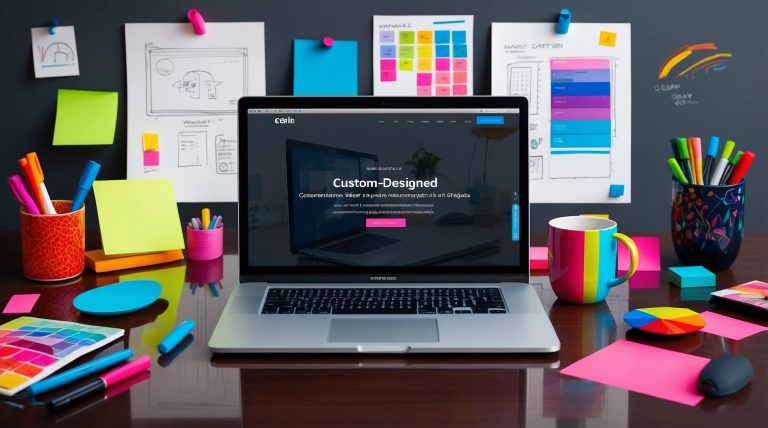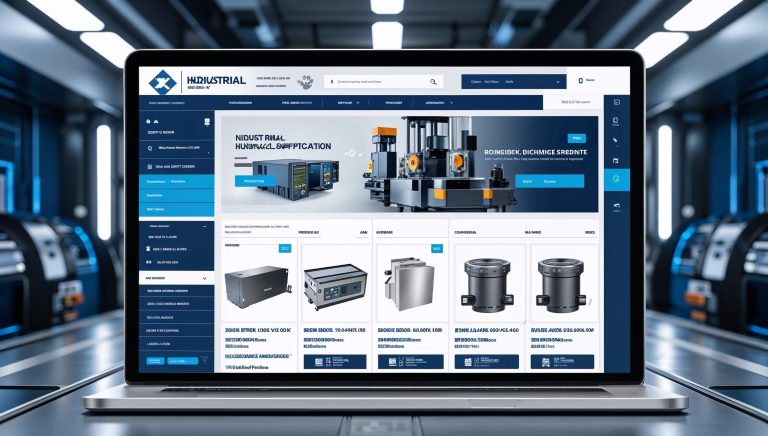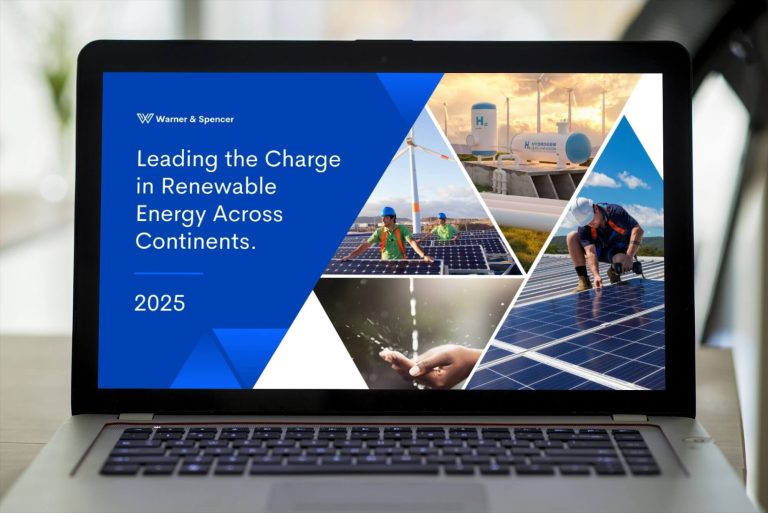
A well-designed website acts like a discreet yet persuasive salesperson, guiding visitors to turn their interest into concrete quote requests. In this article, I’ll share strategies to help you systematically build trust with visitors, position your business as a reliable partner, and make it easier for them to request a quote.
1. Clear and strategically placed Call-to-Action (CTA) buttons
CTA buttons play a pivotal role in directing visitors to request a quote. A “Request a Quote” button should be highly visible yet not overly intrusive—just enough to guide without overwhelming. Place buttons strategically near product descriptions, mid-page, and at the end, where visitors are likely to take action after gathering detailed information.
The wording of your CTA is equally important. Phrases like “Request a Personalized Quote” or “Learn More About Our Services” promise immediate value and can help nudge visitors towards a decision.
Personalized CTAs that focus on the user, such as “I’ll Read More,” “Send Me the Latest Catalog!” or “View My Quote Options,” make the interaction feel more engaging. People tend to respond better to direct, action-oriented phrases that promise specific benefits.
2. Short and simple quote request forms
One of the biggest barriers for visitors is long or complicated forms. Lengthy forms often discourage people from completing the process. To counter this, keep your quote request form as short and straightforward as possible.
Ask only for the essentials: name, contact information, and a brief description of their needs. You can gather additional details later during the first contact. This streamlined approach encourages visitors to start the process without feeling overwhelmed.
For more complex cases, consider offering a detailed form alongside an option to email directly. For instance, on my own quote request page, I include an email link for those who prefer direct communication.
3. Visible contact information and customer support
Clear and accessible contact information builds trust and makes it easy for visitors to reach out with questions. Many B2B clients prefer direct communication over filling out forms, so ensure your contact details are easy to find—whether in the header, footer, or a fixed sidebar.
Introduce your team with brief bios and photos to give your website a personal touch. Showing the faces and expertise behind your business enhances trustworthiness.
A simple message like “Feel free to contact us with any questions!” encourages visitors to reach out, paving the way for quote requests.
4. Highlight case studies and success stories
Case studies and success stories are powerful tools for building trust, especially in B2B, where decision-makers look for proof of results. Demonstrating how you’ve helped similar clients solve problems reinforces your credibility and can nudge potential customers toward committing to a quote request.
Feature case studies prominently, such as on your homepage or near service descriptions. CTAs like “Read Our Case Studies” or “See How We’ve Helped Others” motivate visitors to explore your success stories, leading them closer to requesting a quote.
5. Downloadable resources and newsletter subscriptions
Downloadable resources like product catalogs, e-books, or guides provide valuable information while serving as effective lead-generation tools.
Encourage newsletter subscriptions by offering an attractive “lead magnet,” such as an industry-specific guide, e-book, case study, or updated product catalog. This exchange incentivizes visitors to provide their email addresses in return for instant value.
Once someone subscribes, you can maintain ongoing communication without incurring extra advertising costs. A well-crafted newsletter can achieve open rates of 40–50%, or even exceed 75% with an engaged audience. Compared to the declining organic reach of social media posts, email marketing remains a reliable and effective tool.
6. Customizable quotes or pricing examples
B2B purchases often involve complex decision-making processes where pricing depends on quantity, customization, or other factors. Providing clear information about your pricing framework or general price ranges can help manage expectations and encourage visitors to request a customized quote.
CTAs like “Explore Our Pricing Options” or “Request a Tailored Quote” reassure potential clients that your company is flexible and responsive to their needs.
7. Use chatbots or live chat to answer visitor questions
Chatbots and live chat functionalities are increasingly popular on B2B websites as they provide instant answers, even outside working hours. When a visitor lingers on your site, a chatbot or live chat window can appear with a friendly greeting like, “How can we assist you? Ready to request a quote?”

AI-powered chatbots can offer immediate responses to common questions, providing a seamless customer experience. A smart chatbot can guide visitors to the right pages or gather initial details for a quote request. By training the chatbot with your specific data, it can even handle industry-specific inquiries effectively.
Encouraging quote requests on a B2B website involves more than just adding a button or a form. It’s about educating visitors, building trust, and providing the right tools and support. Thoughtful CTAs, clear information, and well-designed features help guide visitors through the decision-making process to request a quote confidently.
If you want your website to become a powerful client acquisition tool, contact me today, and let’s create a site that smoothly leads visitors from interest to action! You can email me directly at hello@edinapasti.hu or fill out my quote request form for web design inquiries. Let’s start building a website that works for your business!

EDINA PÁSTI
Digital Marketing Expert – Web and AI
Let’s work together!
I don’t just create websites—I design comprehensive systems. My solutions simplify, streamline, and enhance the efficiency of your company’s operations.
I specialize in designing and developing custom websites, primarily for industrial companies.
With over 10 years of experience working in supply chain management at multinational industrial corporations, I have deep insights into the operations and needs of industrial businesses.






